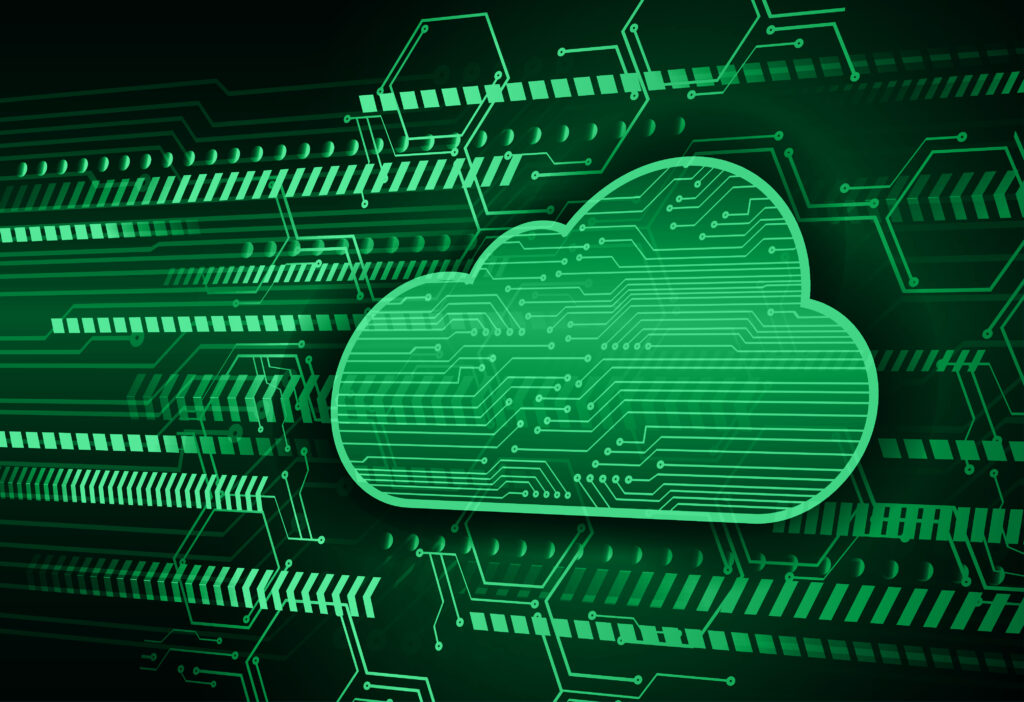The software-as-a-service (SaaS) industry is gaining a lot of traction as businesses find new ways to offer software solutions to their clients. These SaaS solutions are primarily cloud-based, which means that they have a lower carbon footprint than their hardware counterparts.
However, research shows that digital technologies account for approximately 4% of greenhouse gas emissions and their energy consumption is rising by around 9% a year. Furthermore, sustainable technology has been named an emerging trend in IT in 2024 and beyond.
Therefore, it’s becoming apparent that something needs to be done to reduce the IT and SaaS industry’s environmental footprint. Below, we offer some solutions to address this challenge by focusing on green IT practices. Let’s take a closer look.
The Rise of the SaaS Industry
Before we take a look at how to optimize for energy efficiency in the SaaS industry, it’s important to give a brief overview of what it entails.
Offering software-as-a-service is a technological innovation that helps a multitude of individuals and companies streamline their processes and perform tasks at a much faster and more efficient rate than ever before.
Examples of some of the types of software your business may use include:
- Customer support software: This type of software is designed to help businesses communicate with clients in a streamlined way, keeping conversations together and maintaining a flow in the conversation by retaining the information exchanged in one place or platform.
- Marketing software: Whether you are looking for SaaS link building tools or you want to perform accurate and beneficial search engine optimization (SEO) for your SaaS business through SaaS SEO that drives traffic and converts leads, SaaS marketing tools are the ideal way to go.
- Project management software: Project management software offers your business and teams the chance to streamline your business activities through efficient allocation of resources, streamlined management of tasks, greater task visibility and communication between different teams and departments, and a lot more. Businesses are increasingly adopting no-code platforms, which empower users to create and deploy software solutions without writing extensive code.
While these are just three examples of the hundreds of different types of software available on the market, they easily illustrate the fact that businesses are increasingly looking for software solutions to help them reduce costs, boost productivity and customer satisfaction, and introduce greater efficiency while maximizing output and sales.
Optimizing for Energy Efficiency
Becoming more energy efficient in the SaaS industry is becoming an imperative. But how do such service providers achieve this objective? Below are three important strategies that work.
Data center energy efficiency
Data centers are known to be locations where significant amounts of energy are consumed. However, there are ways to reduce this issue by taking the necessary steps.
- On the hardware side, it’s a good idea to check which servers are considered lightly used and consolidate the work of two light servers into one. Removing and consolidating unnecessary software can have significant cost-saving implications as this can save energy, save on operating system licenses, and save in terms of hardware maintenance costs.
- It’s also advisable to implement efficient data storage measures by using the right tools and technologies—such as deduplication software—to store data you need more efficiently.
- Many modern servers are equipped with features that can save energy. However, these features often need to be activated. That’s why it’s advisable to make the most of these features to reduce your power consumption in times when utilization rates are low.
- Consider using more efficient or “smart” power distribution units (PDUs) to monitor your power usage.
- Also, using uninterruptible power supply (UPS) systems can help to reduce electrical losses, save energy, and using it in “eco-mode” can also reduce energy costs.
- Other aspects of your IT infrastructure you should focus on include managing the airflow in your data centers for cooling efficiency by preventing hot and cold air from mixing. A further idea in this regard is to move over to a hot aisle/cold aisle layout. And lastly, you should think about using containment and enclosures such as plexiglass panels to reduce your overall cooling costs.
- On the heating, ventilation and air conditioning (HVAC) front, you may want to use a cooling tower as opposed to a mechanical chiller to cool your data center. You can also install in-rack or in-row cooling, which brings cold air closer or directly to your servers.
- To manage humidity levels better, use energy-efficient technologies, including misters, foggers, and ultrasonic units. Furthermore, you can use sensors and controls that match your cooling capacity and airflows with your IT loads.
Thes hardware changes can lead to increased performance of your data center in a more sustainable and energy efficient way.
Cloud optimization
To make the most out of your cloud services, you should aim to reduce resource wastage and energy consumption. A few ways to achieve this include:
- Adjust your cloud resources (such as CPU, memory, storage, and bandwidth) according to your needs and demand.
- Monitor and measure your cloud usage and performance.
- Use tools and techniques to allocate and distribute your resources efficiently. Examples include auto-scaling, load balancing, containerization, and serverless computing.
- Review and delete any unused or obsolete resources to free up space and reduce costs, whether it’s snapshots or backups.
- Implement cloud-native design principles and practices.
- Use energy-efficient coding by choosing the most suitable language and framework for your app’s purpose and functionality.
- Avoid unnecessary or redundant code that consumes more resources.
- Apply and adhere to coding standards and best practices, such as modularization, refactoring, caching, and compression.
When it comes to optimizing your cloud’s performance, it’s clear that there are numerous steps you can take to introduce new levels of efficiency to reduce your energy consumption on a utilization and demand-based basis.
Paperless operations
Paperless operations don’t just refer to promoting paperless work environments to reduce our reliance on paper, with the consequence of chopping down trees to meet our needs. It is also about minimizing waste and resource consumption wherever possible. For this reason, there are a few preventive measures you can take to address the issue:
- It is essential to benchmark your data center’s energy efficiency and perform comparisons with others in the industry.
- Consider choosing to work at a sustainable colocation facility to boost energy efficiency.
- Provide energy-efficiency awareness training as this is not a regular feature of an IT professional’s formal training. However, when you introduce eco-friendly practices and concepts to them, it can help them shift focus and priorities and look for ways to improve and save.
By following these recommendations, your SaaS business will be able to compete more effectively as it will offer sustainable solutions that many customers are increasingly turning to. It goes beyond a mere Public Relations (PR) exercise. It’s about helping your business grow in a sustainable manner — both financially and environmentally.
Conclusion
Sustainability in SaaS is here to stay. In fact, its prominence is only expected to rise in the coming years as a growing number of companies embrace green IT practices for a sustainable future.
Growing customer demand that is focused on eco-friendly solutions will necessarily mean that SaaS and other businesses in the IT sector will turn to sustainable practices in order to remain competitive.



